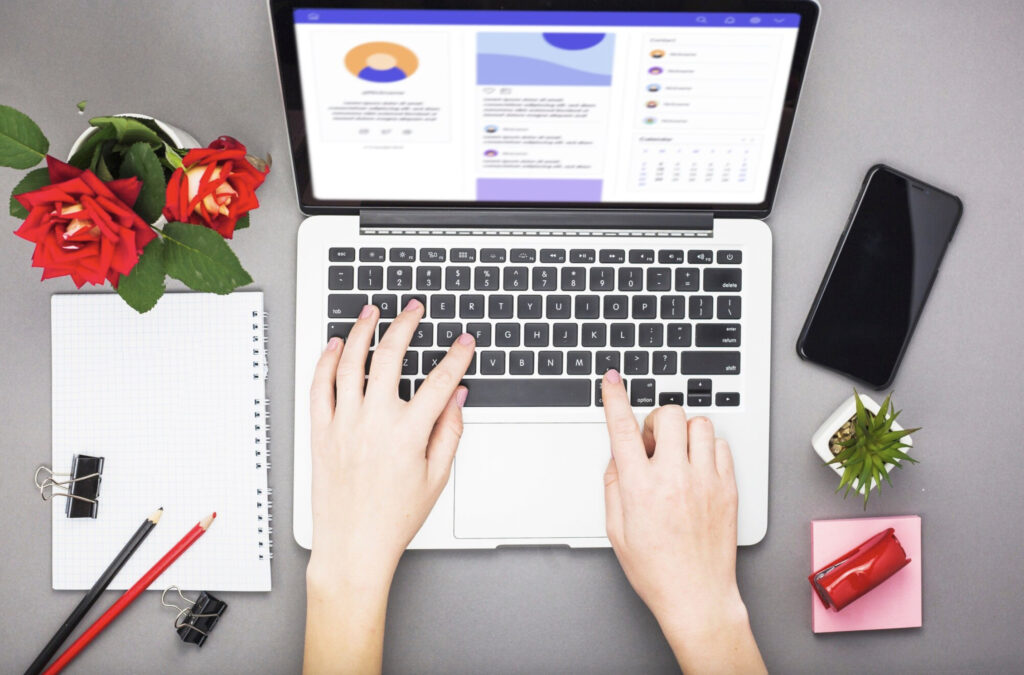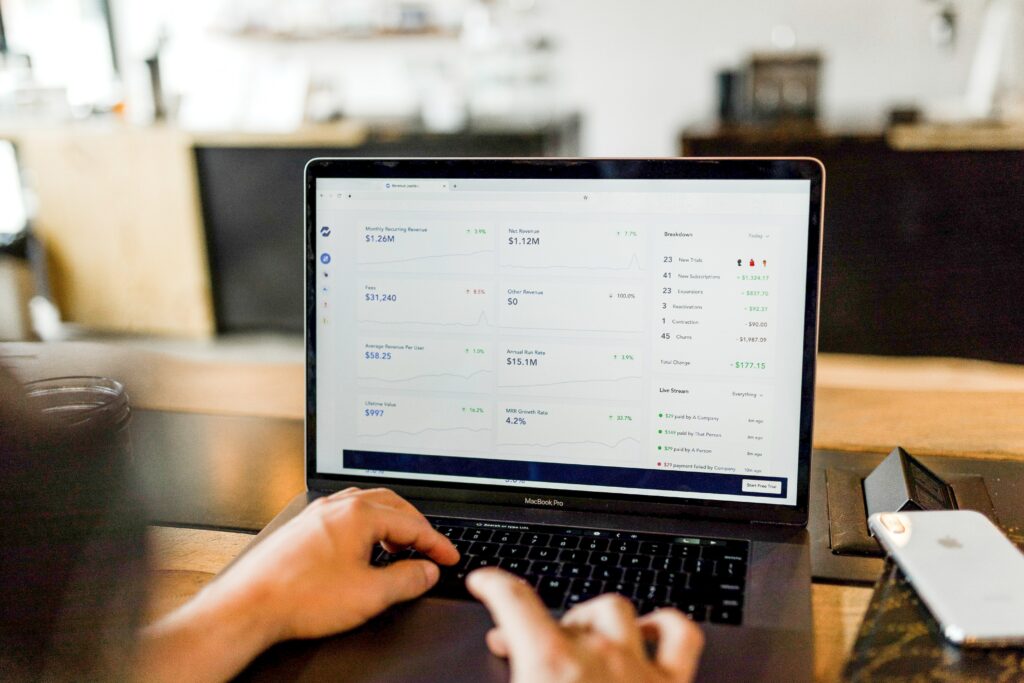Businesses are constantly looking for ways to maximize their advertising efforts while minimizing costs. One of the most efficient methods gaining traction is Programmatic PPC Advertising. This automated approach to pay-per-click (PPC) advertising leverages AI and machine learning to optimize ad placements in real-time, ensuring businesses reach the right audience at the right time. As a result, companies benefit from increased efficiency, enhanced targeting, and improved return on investment (ROI).
What is Programmatic PPC Advertising?
Programmatic PPC advertising is an advanced form of digital advertising that uses automation, artificial intelligence, and real-time bidding (RTB) to purchase ad space across multiple platforms. Unlike traditional PPC campaigns, which require manual adjustments and constant monitoring, programmatic PPC relies on sophisticated algorithms to analyze user behavior and serve relevant ads automatically. This method ensures that advertisers maximize their budgets while targeting the most relevant audiences with high precision.
How it Differs from Traditional PPC Advertising
Traditional PPC advertising often requires marketers to manually adjust bids, monitor performance, and optimize targeting strategies. In contrast, programmatic PPC uses AI-driven automation to make real-time decisions, reducing human intervention and enhancing efficiency. The incorporation of big data and machine learning also allows for more accurate predictions and adjustments, leading to better performance outcomes.
Key Benefits of Programmatic PPC Advertising
1. Enhanced Targeting & Personalization
One of the biggest advantages of Programmatic PPC Advertising is its ability to target users with exceptional precision. By analyzing vast amounts of data, such as browsing history, demographics, and behavioral patterns, advertisers can tailor their messages to individual users. This level of personalization improves engagement rates, ensuring that ads are shown to people who are more likely to convert.
2. Real-Time Bidding Efficiency
Real-time bidding (RTB) is a core component of programmatic PPC, allowing advertisers to bid for ad placements in milliseconds. This ensures that businesses only pay for impressions that are most likely to yield results. By eliminating guesswork and manual bidding, programmatic PPC helps advertisers optimize their ad spend and improve overall campaign efficiency.
3. Automation & AI-Driven Optimization
With programmatic PPC, AI and machine learning continuously analyze performance metrics and adjust bidding strategies automatically. This removes the need for constant manual intervention while optimizing campaigns for better results. Advertisers can set specific goals—such as cost per acquisition (CPA) or return on ad spend (ROAS)—and let AI-driven algorithms fine-tune the campaign for maximum effectiveness.
4. Scalability & Reach
Unlike traditional PPC campaigns that are often limited to a single platform, programmatic PPC enables advertisers to reach audiences across multiple channels, including display networks, social media, video, and mobile apps. This broad reach allows businesses to scale their advertising efforts and engage with potential customers wherever they are online.
5. Data-Driven Decision Making
Programmatic PPC relies on extensive data analysis to drive advertising strategies. By gathering insights on user interactions, conversion rates, and campaign performance, advertisers can make informed decisions that lead to higher efficiency and better results. This data-driven approach ensures that campaigns remain optimized, helping businesses maximize their ROI.
Challenges & Considerations
While programmatic PPC offers numerous advantages, it also comes with certain challenges. Advertisers need to be aware of issues such as:
- Transparency concerns – Some programmatic ad platforms may lack transparency regarding where ads are placed, requiring businesses to carefully monitor their campaigns.
- Budget control and fraud prevention – Automated bidding can sometimes lead to budget mismanagement if not properly monitored. Advertisers must implement safeguards to prevent overspending and protect against ad fraud.
- Learning curve – Adopting programmatic PPC requires a solid understanding of AI-driven advertising, making it essential for businesses to either invest in training or work with experienced professionals.
How to Get Started with Programmatic PPC Advertising
For businesses looking to implement programmatic PPC, the following steps can help ensure a smooth transition:
- Choose the Right Platforms and Tools – Selecting a reliable demand-side platform (DSP) is crucial. Popular options include Google Display & Video 360, The Trade Desk, and Adobe Advertising Cloud.
- Define Clear Goals – Establish measurable objectives such as increasing conversions, boosting brand awareness, or improving ad engagement.
- Set Up Campaigns Effectively – Utilize AI-powered tools to automate targeting, bidding, and ad placements while continuously monitoring performance.
- Implement Best Practices – Regularly analyze campaign data, refine audience segments, and adjust bidding strategies for optimal results.
Conclusion
As digital advertising evolves, Programmatic PPC Advertising continues to revolutionize the way businesses reach and engage their audiences. With AI-driven automation, real-time bidding, and data-driven optimization, this approach offers unparalleled efficiency and performance. While challenges exist, businesses that embrace programmatic PPC can achieve greater scalability, improved targeting, and higher ROI. By leveraging automation and advanced analytics, companies can stay ahead of the competition and maximize their advertising success in the ever-changing digital landscape.


